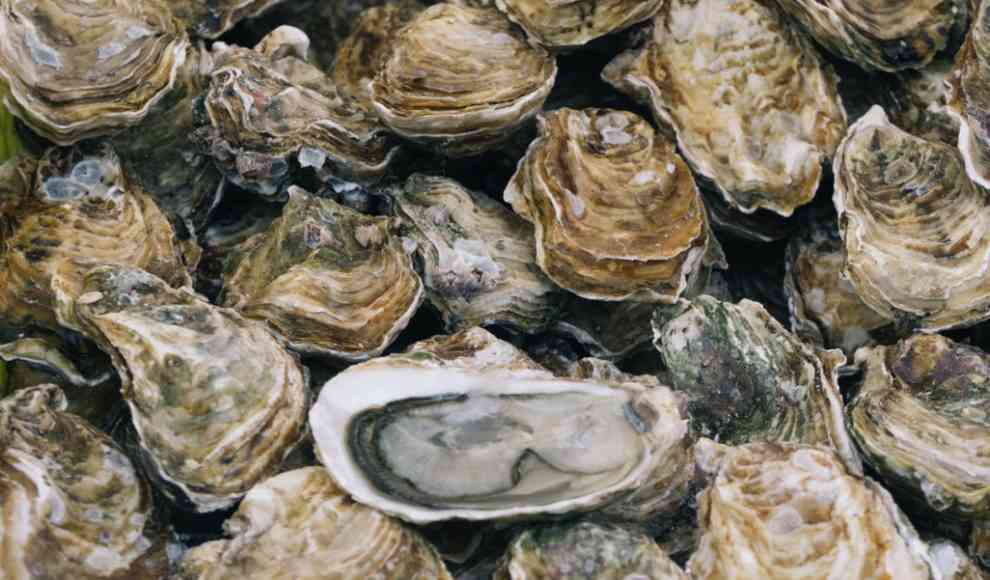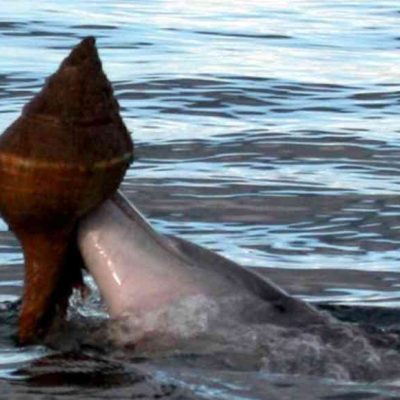Austern play a crucial role in cleaning up the ocean, but their populations have been decimated by wild harvesting in Hong Kong. Once widespread along the coasts of temperate and subtropical regions, natural oyster beds and colonies of other shellfish have been destroyed or replaced by commercial farms. These natural structures break waves, creating calm zones in the water and providing a protected habitat for young fish and other marine animals. The disappearance of these colonies is a significant loss to the ecosystem. Scientists at the University of Hong Kong have investigated the state of oyster beds in the waters around Hong Kong and how much the Hong Kong oyster filters the water. According to a study published in the journal Restoration Ecology, parts of the once-large oyster beds are still present in the lower tidal zone of Hong Kong.
The researchers found that the oysters play a crucial role in cleaning up the water. Even a small one-year-old oyster filters about 30 liters of water per hour at summer temperatures, one of the highest filtration rates among different oyster species. A small oyster bed of just seven square meters filters the volume of an Olympic swimming pool per day. To maintain the remaining oysters’ high performance, they should be protected. The study suggests that natural regeneration of the Hong Kong oyster beds is still possible. In some areas of the sea, the biologists counted up to 500,000 juvenile oysters per square meter. The researchers believe that the most likely source of the numerous oyster larvae is the traditional oyster farms in the nearby Pearl River Delta. Some of the larvae released there are carried by the current to Hong Kong’s coasts, creating the potential for the populations to recover. However, the scientists also suspect that most shellfish beds in other Southeast Asian regions would regenerate themselves if protection measures prevented wild harvesting.
The loss of natural oyster beds and colonies of other shellfish is a significant loss to the ecosystem. The study highlights the importance of protecting the remaining oyster populations and allowing them to regenerate naturally. The researchers’ findings suggest that the Hong Kong oyster plays a crucial role in cleaning up the water, and its continued existence is essential for maintaining the health of the marine ecosystem.
Marine Thomas










